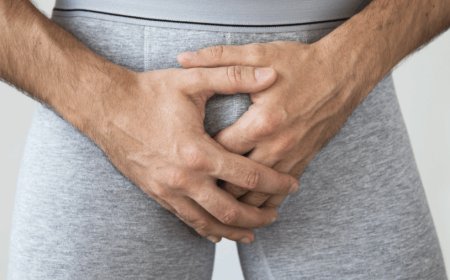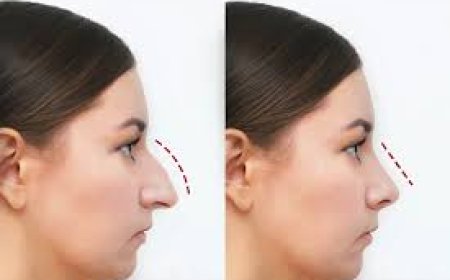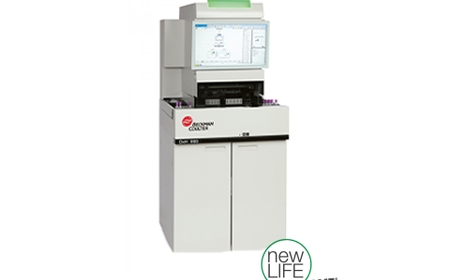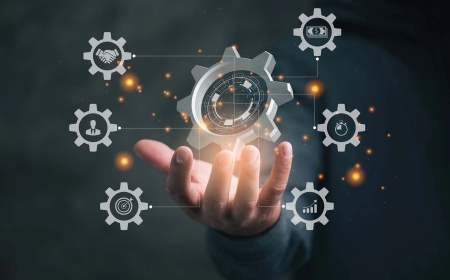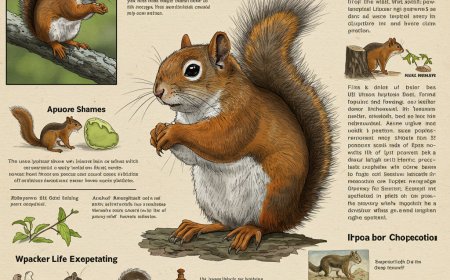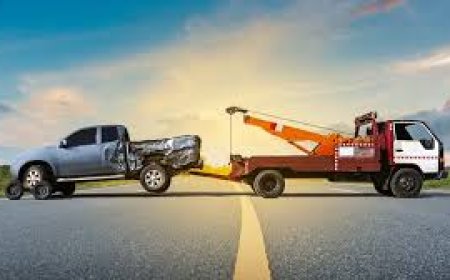The Secret Life of a Scrapped Car: From Curbside to Crusher
Uncover what really happens after you scrap a car. Explore the journey from collection to recycling in this detailed guide by We Buy Cars Sydney.

When a vehicle stops working or becomes too expensive to repair, it often ends up sitting idle on the curb or tucked away in a garage. While many people might assume that the cars story ends there, the reality is quite different. Scrapping a vehicle sets it on a new journeyone that involves dismantling, reuse, and recycling.
This article walks through the entire process of what happens to a car once it is scrapped, showing how its parts and materials continue to serve a purpose long after it leaves the road.https://www.carremovalsydney.com.au/
Step One: Removal from the Property
When a car owner decides to scrap a vehicle, a removal service usually collects it. These services handle vehicles of all typeswhether damaged, old, or no longer running. The vehicle is loaded onto a tow truck or flatbed and transported to a scrapyard. At this point, its journey begins.
Once it arrives at the facility, staff record details such as the make, model, year, and condition. This helps workers decide how to process the vehicle and what parts may be reusable.
Step Two: Hazardous Fluids and Components
Before dismantling, the car goes through a decontamination process. Workers remove all fluids and hazardous items to prevent environmental harm. These include:
-
Fuel
-
Engine oil
-
Brake fluid
-
Transmission fluid
-
Coolant
Each of these liquids is drained using tools designed to collect them safely. Fluids are then either recycled or sent to proper disposal sites, depending on their condition.
The battery is also removed during this stage. Car batteries contain acid and lead, which must be handled with care. Once removed, they are either recycled or passed on to authorised facilities.
Step Three: Salvaging Usable Parts
After fluids and hazardous materials are removed, the vehicle moves to the dismantling area. Here, trained workers remove parts that are still in working condition. These parts may include:
-
Gearboxes
-
Engines
-
Seats
-
Doors
-
Panels
-
Electrical systems
-
Mirrors
-
Lights
Some parts are sold to workshops or individuals looking to repair older vehicles. Others are cleaned and stored for future use. These second-hand parts offer an option for people who need to fix their vehicles using original components.
In many cases, parts from scrapped vehicles are the only source for models no longer in production. This makes auto recycling an important part of keeping older vehicles on the road.
Step Four: Crushing and Shredding
Once all usable parts are removed, the remaining shell is taken to the crushing area. Heavy machinery flattens the metal body to reduce its size. The car is now a compact block of metal, ready for the next step.
After crushing, the vehicle is sent to a shredder. This machine breaks it down into smaller pieces. These pieces include a mix of metal, plastic, rubber, and glass. The materials are then sorted using different machines, such as magnets to pull out steel and other tools that separate copper and aluminium.
Step Five: Recycling the Materials
Once sorted, the materials are sent to recycling plants. Metal is melted down and used in new construction, tools, packaging, and even new vehicles. Recycling metal uses much less energy than creating it from raw ore. For example, recycling aluminium saves about 95 per cent of the energy required to make it from scratch. Recycling steel saves around 74 per cent.
Other materials, such as plastics and rubber, are also reused. Tyres are often shredded and used in construction or road surfacing. Glass from windows can be processed and used in new bottles or fibreglass products.
This process keeps large amounts of waste out of landfills and helps reduce the demand for new resources.
Helping the Local Community
Scrapyards support many types of work in the community. They create jobs for mechanics, drivers, sorters, and salespeople. They also support nearby businesses that buy and sell second-hand parts. Many people rely on these yards to find affordable car parts that are no longer available through new suppliers.
In large cities such as Sydney, these operations are important for keeping neighbourhoods clean. Old, unused cars take up space and may become safety risks. By removing and recycling them, scrap services help keep streets clear and reduce pollution caused by decaying vehicles.
Why Sydneys Scrap Network Matters
Across suburbs and outer regions of Sydney, cars reach the end of their road every day. While some are sold privately, many go to scrap yards through removal services. These services help people get rid of vehicles they no longer need.
One such provider, known for its responsible handling and commitment to reuse, helps by collecting vehicles that are no longer roadworthy. When they say we buy cars Sydney, it means they handle the entire processfrom pickup to recyclingensuring that every vehicle is processed in a way that supports local jobs and reduces waste. Their role is more than just collecting vehiclesit is about making sure every part of the car continues to have a use, even after it stops running.
What Happens to Rare or Vintage Cars?
Not all scrapped cars are treated the same. Vintage or rare models may be set aside for collectors, parts suppliers, or car enthusiasts. Even vehicles that seem too damaged can have parts that are useful for restoring similar models.
Items like dashboards, badges, steering wheels, and classic upholstery are often sold to people rebuilding or restoring cars. This niche part of the scrapyard industry helps keep history alive by allowing rare vehicles to be rebuilt using original parts.
Environmental and Economic Facts
-
More than 90 per cent of a cars materials can be reused or recycled.
-
One scrapped vehicle can produce over one tonne of recyclable steel.
-
Reusing parts reduces the need to produce new ones, saving energy and cutting down pollution.
-
Recycling one car battery keeps lead and acid out of soil and water systems.
These facts show that scrapping a car the right way helps both the planet and the economy. Each vehicle that is handled properly plays a role in making a more sustainable future.
Final Thoughts
From the moment a car is picked up, it enters a well-managed process. That process includes removing harmful fluids, collecting usable parts, crushing the frame, and recycling the materials. Every step has a purpose, and every piece is used in one way or another.
Scrapping a car is not about throwing something awayit is about giving it a new role. Whether it becomes a spare part, a steel beam, or the base of a new product, the car lives on. Understanding this journey helps people see the real value in recycling and makes it easier to let go of an old vehicle knowing it will still serve a useful purpose.






